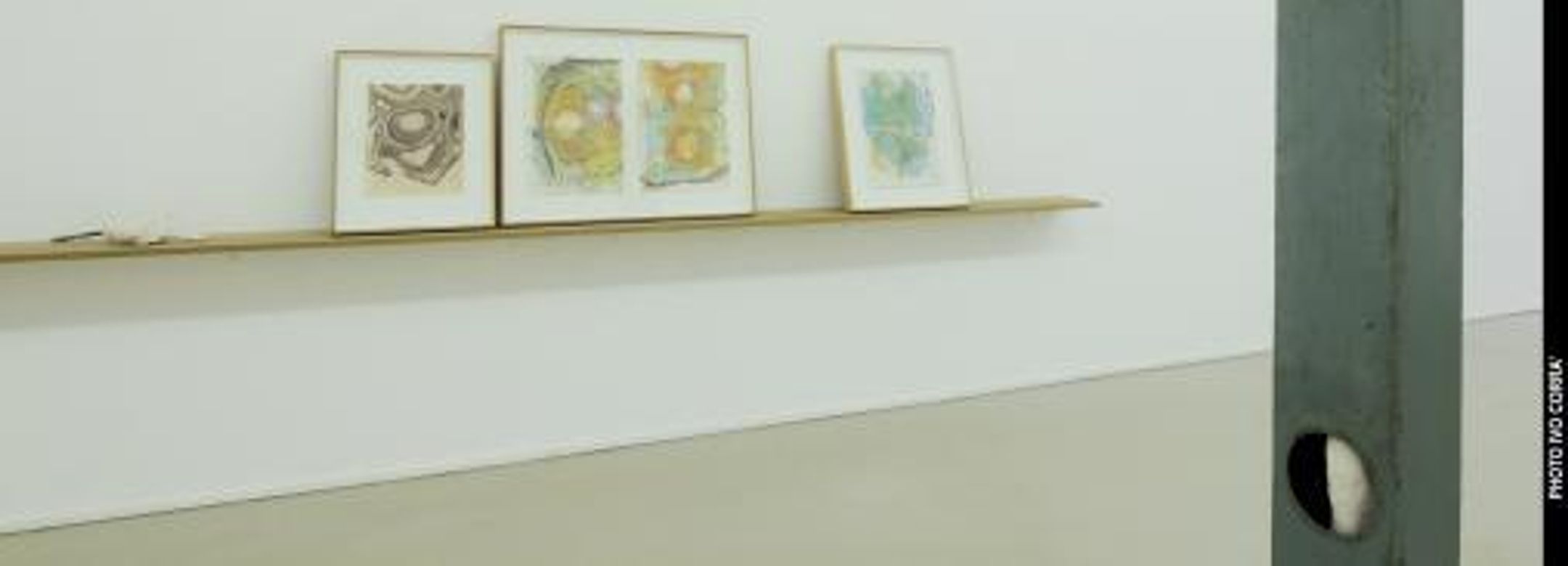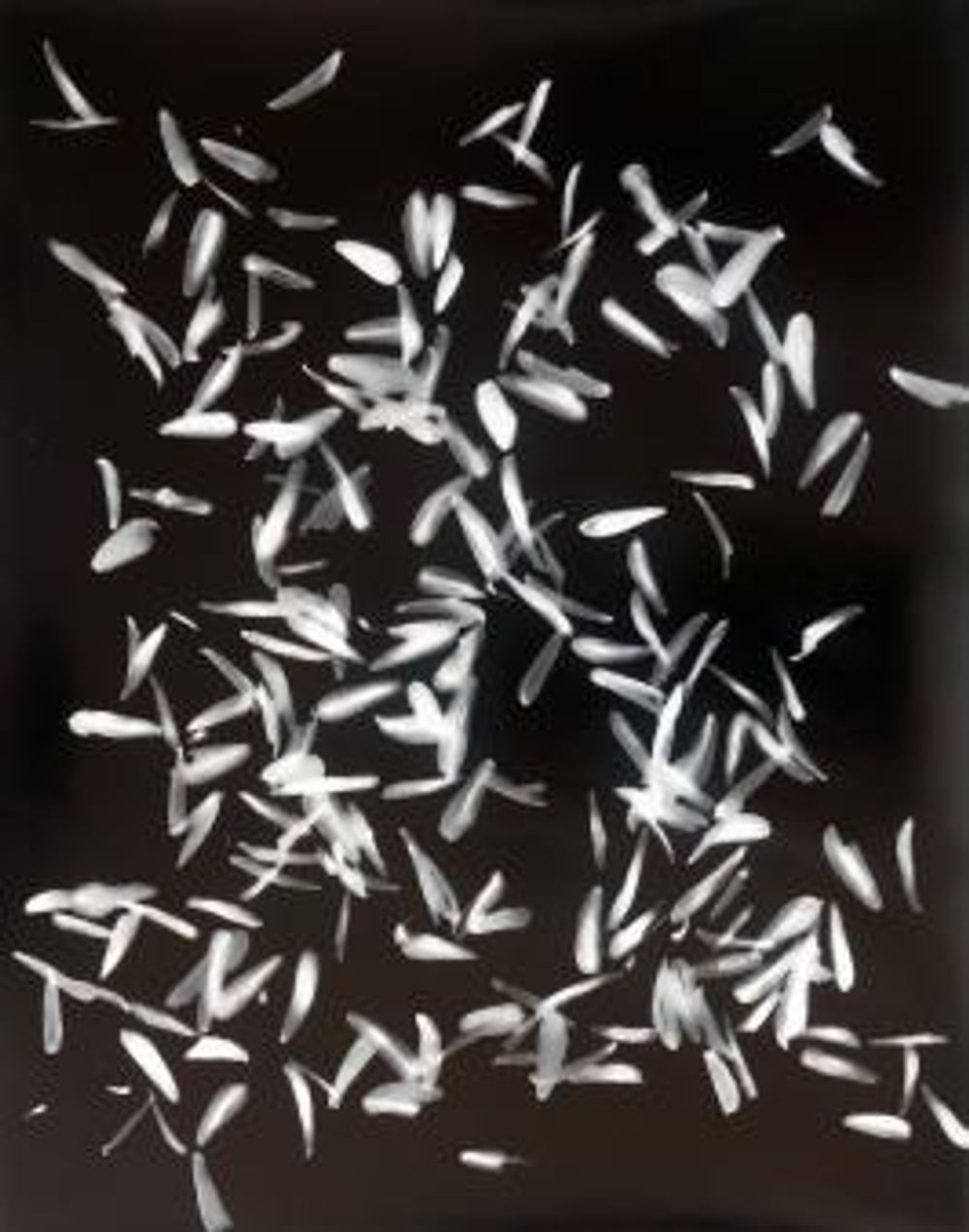PASCAL SCHWAIGHOFER – MISHA STROJ
This is the first double solo exhibition of Misha Stroj (born in 1974, lives and works in Vienna) and Pascal Schwaighofer (born 1976, lives and works in Mendrisio and Rotterdam) to be held in Italy.
Misha Stroj’s work originates from historic and social researches on the place where he exhibits. In various works Stroj confronts the topics of economic relationships and of the material forces operating within society and cultural industry, and goes on to indirectly question also the mechanisms of the art world itself and the logic of what determines the value and significance of an artwork. The exhibited works illuminate a personal story, one which is revealed in terms of both a paradox and an intimate narration in which the artist’s personal experience becomes comparative in a trans-figural way and which may be read in relation to several aspects of European economic history and late 20th century Italian literature.
Die Säule mit dem Knie (2010) unites in a single sculpture a cast of Stroj’s own knee and a steel pillar the same height as the artist taken from an abandoned factory in Berlin. Almost an ironic self-portrait of the artist in a time of industrial crisis in Europe, the sculpture is an antithetical union of two absolutely different materials, where the chalk cast – as an evocative form of the human body – is intended to animate the steel pillar, as a severe relict dating from the industrial memory of the Nineteenth century. Along similar lines is the work Index Broken (2010-11), which shows a cast of the artist’s hand with the index finger broken. Like an indicative reference to the relationship between personal identity and the external world, between self-awareness and diversity, Index Broken seems to be an attempt at visual communication interrupted partway by unknown and irrevocable forces, and therefore almost an open manifestation of failure. In this sense, certain other artistic interventions of the artist reflect the ideal reference to the pages of Luciano Bianciardi’s La vita agra, first published in 1962. Bianciardi’s work interprets the Italian economic boom of the 1960s and its effect on the social habits of Italians caught up in a consumer society and industrial working rhythms, even in terms of their culture. It therefore serves as a prominent instrument of analysis within Stroj’s contemplations. What is the relationship between creative freedom and cultural industry in contemporary Europe and what possibility for action remains to the artist? Stroj backtracks to Bianciardi’s visionary considerations, interweaving a dialogue with the Italian writer by means of collage, photographs and quotations, and attempting to oppose the existential stalemate in which the book’s lead protagonist ends.
Pascal Schwaighofer disseminates a relentless entropy inside forms created by himself – objectivist constellations full of references to geography, natural history, archaeology and Oriental culture. A dialectic relationship between the closed and indeterminate form, between canon and infraction, determinates the initial matrix of his work. Schwaighofer’s project for the exhibition at ar/ge kunst consists of two independent works placed in relation to each other, both marked by references to oriental culture and by an analytical reflection on the medium of the print as a technique of reproduction and distribution. Within the first of the two works, Atlas (Theatrum Orbis Terrarum) (2009-10), the artist collects a multiplicity of cartographic maps of different countries – published in different eras – in order to subject them to a process of transmuting by means of an artistic technique from Japan known as Suminagashi. The mono-printing of a coloured surface over the maps disseminates a new code of interpretation by distorting the power of representation as instructed by the cartographic canon. Precise geopolitical forms drift towards imaginary and unpredictable dimensions, within a concentric expansion where established cartographic reason is dissolved, with its dissolution shown as a clear process that can be observed by the spectator within the winding lines of ink as drawn in the Suminagashi technique. ¿Que horas son en el Japon? (2011) is an appropriation by Schwaighofer of some 18th century Japanese prints of works by Hokusai which depict the waves of the ocean and people in daily and ritual scenes. These images are reproduced by the artist in the technique of photographic emulsion, which are then projected directly on the walls of ar/ge kunst through means of a camera obscura. In this way they become an integrated part of the plaster. The traditional iconographies are in this way conveyed to new life by means of a multiple passage of translations and formal techniques (photography, emulsion, application on wall). This charges the images with subsequent resonances and stratifications and elevates them to a status of potential eternity within the realm of the exhibition space.


